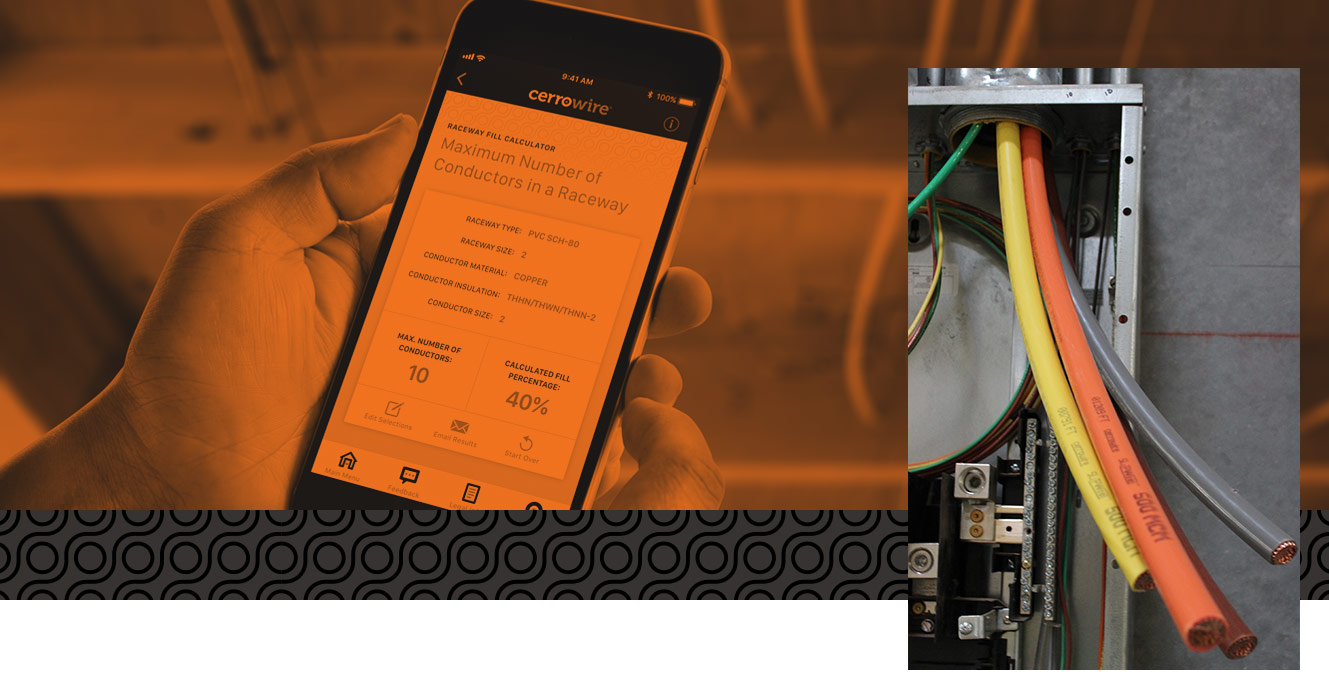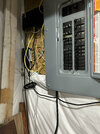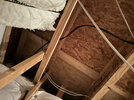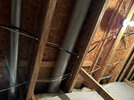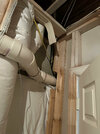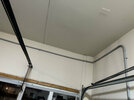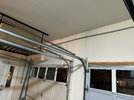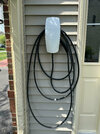I have seen many electricians, even the ones on Tesla's approved list, install #6 NM on a 60 amp breaker, with the TWC set for 48 amp charging. I have a friend who had two such TWCs installed in his garage by a Tesla recommended electrician, initially set to 48 amp charging. He also told me his Tesla approved electrician did not pull permits. He has since set them for 40 amp charging and his cars are always fully charged in the morning, and sometimes they both charge at the same time. And he lives in a 4,000+ s.f. house built in 2015 which just has a 200 amp service, but has gas heat and hot water.
I think the reason a lot of electricians do this is this breaker/wire combination is what is regularly used for air handlers that have a 9,600 watt electric heat strip, and are drawing less than 44 amps, which is fine for #6 wire, and the much mis-used "round up rule" allows for this. But the air handler's electric heat cannot be configured for a higher wattage and amp draw.
If the OP wants to make this completely safe, running it at 40 amps to charge would be a good thing. I am not sure if keeping it on a 60 amp breaker is acceptable in this situation, but it is acceptable for the above referenced electric heat installation, and it would be safer than running at 48 amps.
The other question is: is NM cable installed in the conduit? That is not allowed, because the NM is designed to be in free air and installing it in conduit would trap heat. Hopefully OP transitioned to TNNH/THWN-2 for the wires in the conduit run.
I think #6 wire would be OK regarding voltage drop. 100 feet of #6 copper will only have 1.77% voltage drop at 48 amps, 1.47% at 40 amps.
But it is a pretty conduit installation!
I state this for anyone who comes upon this and is looking for advice:
If you want a 60 amp breaker, 48 amp charging, and #6 wire run THHN/THWN-2 in conduit or if conduit is too much work run MC cable. If MC cable is too much work, install a 50 amp breaker with your #6 NM cable and configure the TWC to charge at 40 amps.
Here are some photos of what I did.
Conduit for the first one. I cut open the sheet rock to install the conduit into the middle panel and fixed the sheet rock.
The grey box disconnects charging if I am running on my 60 kW generator and it becomes overloaded. If the generator is not overloaded, the car will charge while on generator.
MC cable for the second one, across the garage. I fished the wire down inside the wall to the left panel and repaired the sheet rock.
Runs across the garage, over the doors. Installing conduit here would have been difficult:
Short run of conduit from generator load share device to the TWC:



